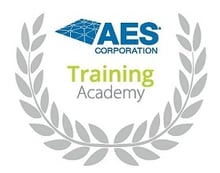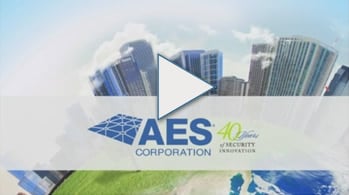In a previous AES Insights Blog post, 6 Steps for Performing a Quality Installation, we provided guidance to help you perform an installation that meets AES guidelines and best practices. In today’s Blog, we’ll share some real world installation pitfalls that you must avoid.
Let me introduce you to Pete...
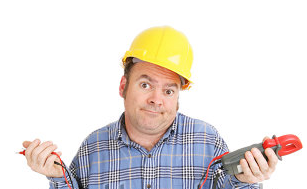
Pete has been in the industry for 20 years and really knows how to get the job done. Well, at least in his opinion!
Lets take a look at a few installs that Pete has done over the years:
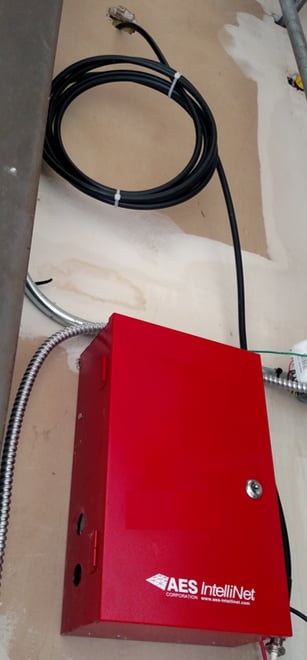
In this install, Pete really needed to mount the Subscriber in the utility room but he had problems getting a NetCon 5 reading. No problem, Pete has installed remote antennas countless times! Pete punches through the wall with his screwdriver, routes his pre-made cable through the wall and to the antenna location. He then coils up the excess of the pre-made cable. Oh, then there’s that pesky metal clad cable in the way. No problem for him, he just rested that on top of the Subscriber. And those open knockouts, they’ll be fine. Don’t be like Pete! Follow AES recommendations and best practices:
- Cut and terminate your cable length to avoid signal loss and to avoid reflected energy associated with coiled cable and tight radius bends
- Do not rest cabling on top of the Subscriber
- Seal any open and unused knockouts
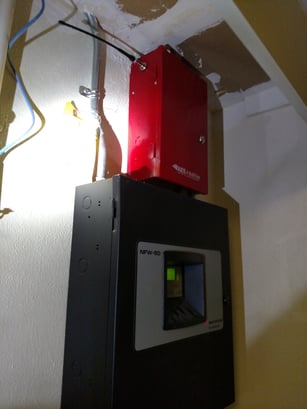
Here, Pete is in a real bind. The Authority Having Jurisdiction (AHJ) is requiring him to mount the Subscriber next to the Fire Alarm Control Panel (FACP). He can only get a good signal from up high. I have this covered, Pete thinks to himself. I can just drill a hole out at the top of the case and mount the antenna there! This will get the antenna up high, satisfy the AHJ, and avoid my ceiling clearance issue. Don’t be like Pete! Follow AES recommendations and best practices:
- Always mount your antenna in a vertically plumb position, this ensures optimum RF performance (any other direction will adversely impact performance)
- Do not mount antennas near metal obstructions
- If necessary, use the 7214-EMK for interior remote antenna mounting
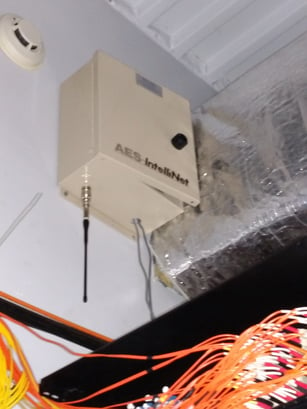
Pete ran into a similar issue with this IP Link installation. He remembered something about corrugated metal from a training he attended about 6 years ago but just couldn't remember what it was, so he decided to mount the IP Link and install the antenna away from the corrugated metal. He didn’t have any connectors or grommets in his truck that day, so he routed the cabling directly through the knockout. Don’t be like Pete! Follow AES recommendations and best practices:
- Contact AES Technical Support if you have any questions or uncertainty about an installation
- Always mount your antenna in a vertically plumb position, this ensures optimum RF performance (any other direction will adversely impact performance)
- Make sure to protect wiring routed through knockouts with appropriate connectors
Here we see another technician at work, this is Alex...
Alex has been in the industry for 3 years. He prides himself on quality installations, adherence to code, and not being afraid to ask questions.
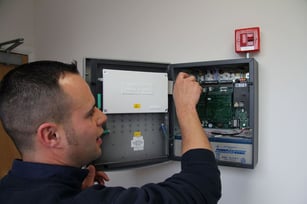
Let’s look at some of Alex’s installations:
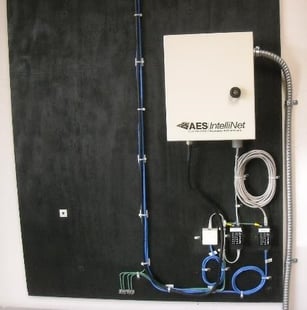
Here, Alex has installed an IP Link to help his network grow. He installed a backboard to the wall, properly secured all of his cabling, and avoided tight radius bend. Be like Alex!
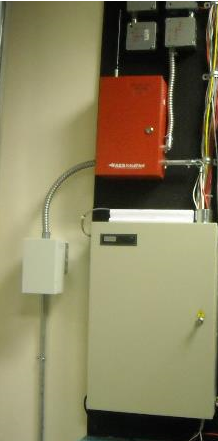
Alex needed to install a Subscriber near some metal junction boxes. He remembered during an AES Regional Training session he attended that the instructor, Mark, consistently told the class to avoid metal. He wasn’t quite sure if the junction boxes counted. Rather than guess, he contacted AES Technical Support who advised him that the junction boxes would not significantly impact the RF performance. Alex completed the install using:
- Appropriate conduit
- Correct cable protection
- An approved transformer enclosure
Be like Alex!
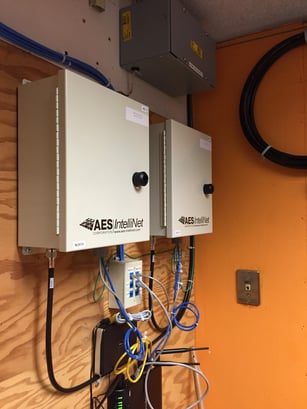
Due to a reconstruction project, Alex needed to relocate a pair of IP Links within a building. Alex installed a new backboard. Due to poor IP connectivity from his provider, Alex implemented a cellular data backup solution as an alternative. Now, if their primary IP connection fails, he has a high-speed IP connectivity over a redundant provider. He even installed and labeled the appropriate jacks. Be like Alex! Follow AES recommendations and best practices:
- Plan your installation
- Build in redundancy
- Take pride in your workmanship
Remember, don't be like Pete. Be like Alex!
Avoiding these pitfalls will help establish a solid foundation for your network, ensuring optimum performance and sustainability for years to come.
AES Training Academy
AES offers a wide variety of ways to receive technical training on patented mesh radio technology, products and services. Ask us about an option that's best for your business.
aes-corp.com | dealer login | (866) 237-3693 | support@aes-corp.com

